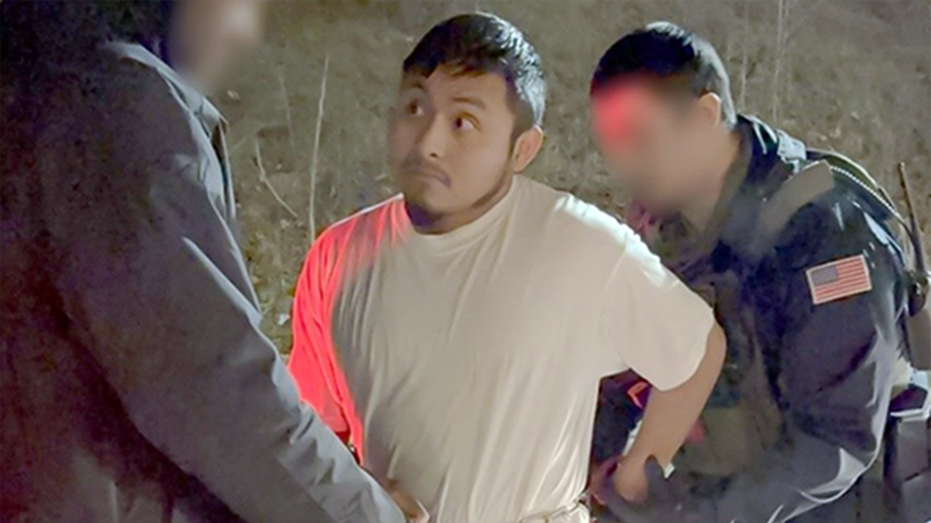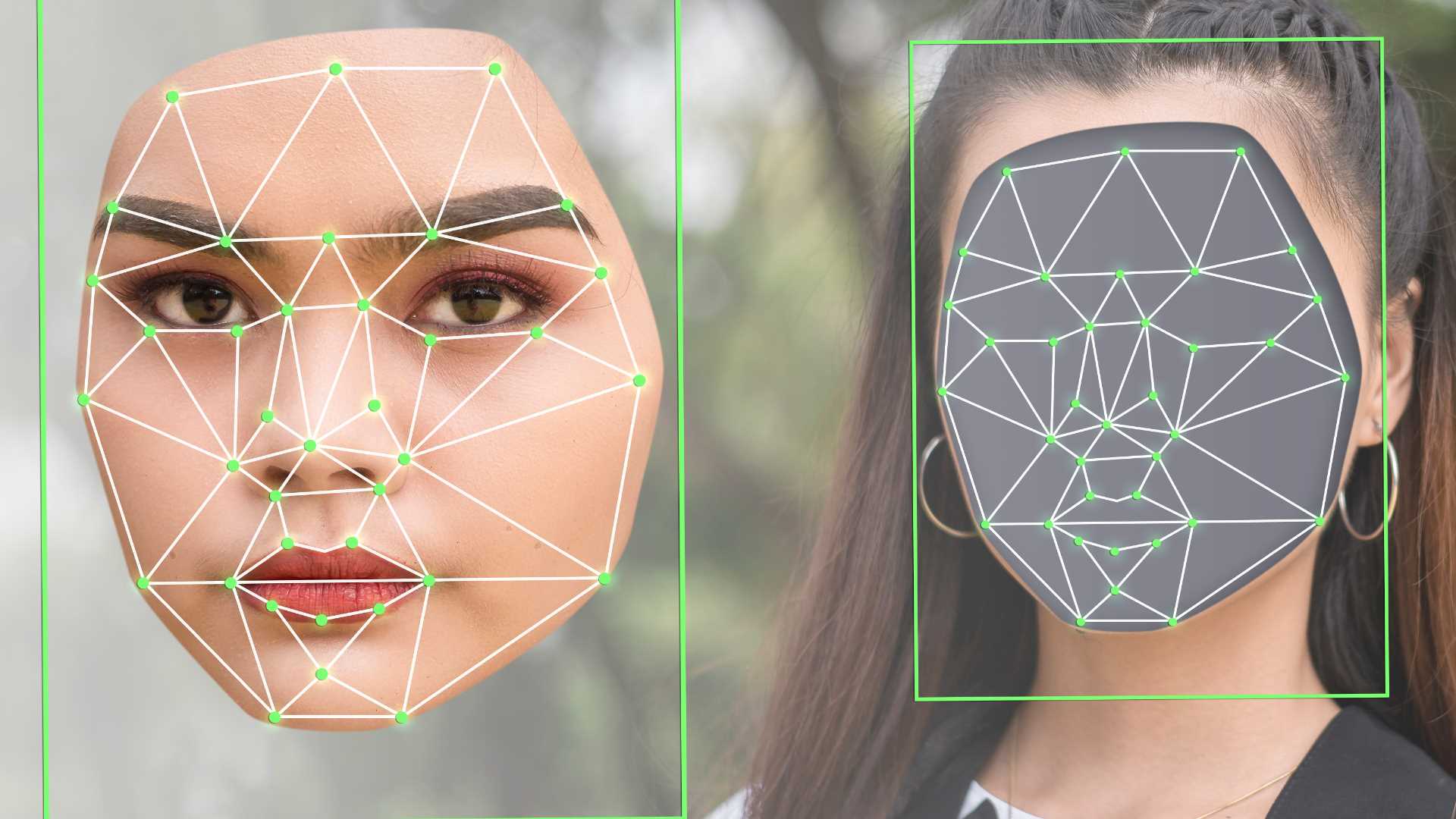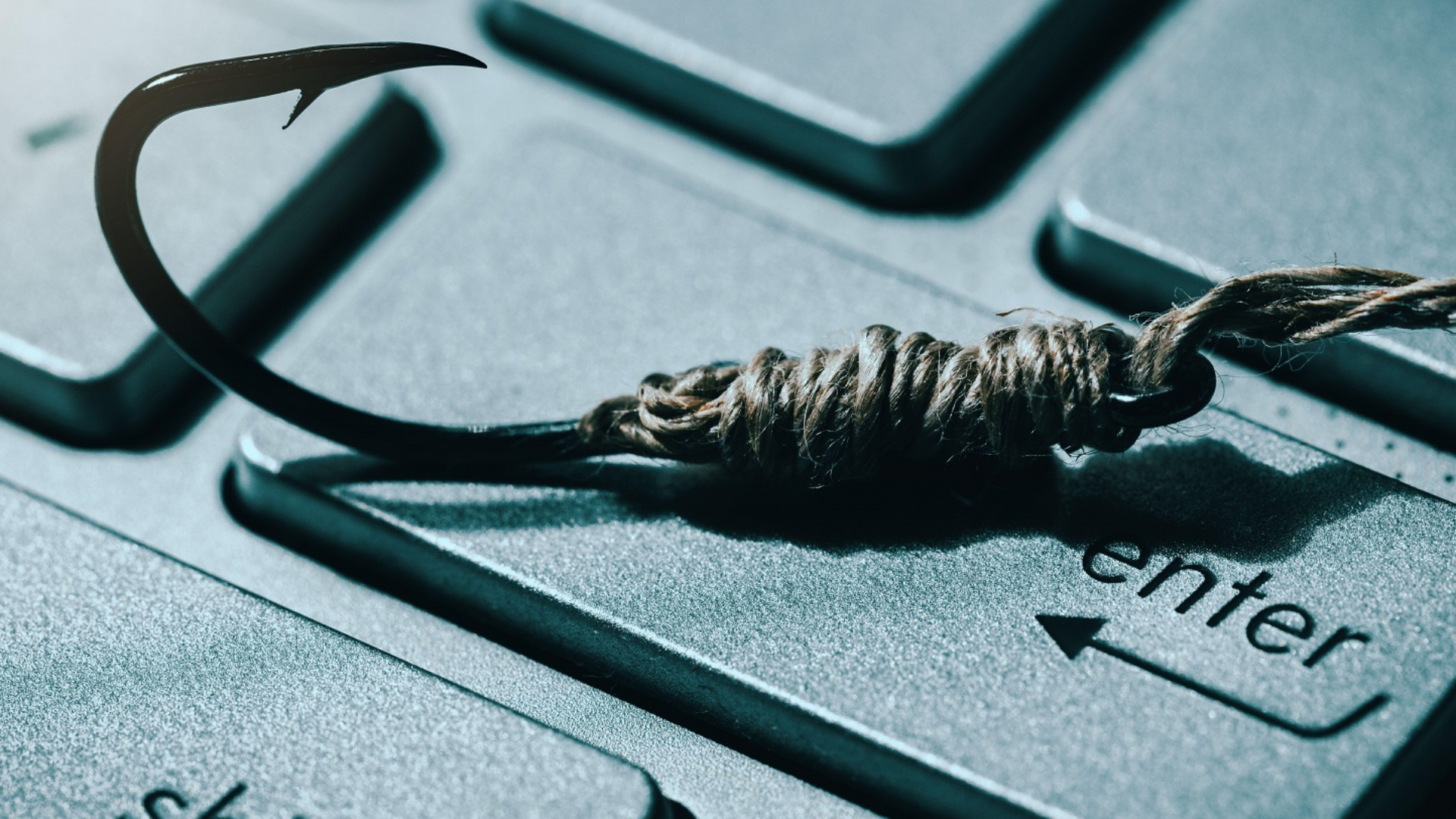The Galaxy S25 is leading the pack with tracking AI-powered image edits
The Galaxy S25 series adds C2PA metadata to any photos you edit with Samsung’s AI tools.

- Samsung has adopted the C2PA standards for digital media authenticity, starting with the Galaxy S25 series.
- The Galaxy S25 and soon other Samsung devices on One UI 7 add extra metadata to images that you edit with Samsung AI features.
- This metadata lets you see the history of AI edits on a photo, but it’s currently only visible through the Samsung Gallery app.
AI image generators have gotten really, really good at creating believable images, so it’s no wonder that many people are concerned about their impact on society. New smartphones make it so easy to create or edit photos with AI, further heightening these concerns. Thankfully, many companies are cognizant of these issues, which is why they’ve committed to adopting C2PA standards for digital media authenticity. Samsung is one of the first smartphone companies to adopt these C2PA standards by adding extra metadata to photos you edit with AI on the Galaxy S25 series.
C2PA, short for the Coalition for Content Provenance and Authenticity, is a group developing new standards to make tracing the origin of digital media easier. These standards define how cryptographically signed metadata should be embedded into image files. This metadata includes information such as the device used to create the image, any AI tools employed in its creation, who issued the content credential, and when the credential was issued. While similar information can already be embedded as metadata through EXIF tags, EXIF tags are easily falsified. Content credentials, in theory, are more difficult to fake because they function similarly to browser certificate lists; the C2PA maintains a list of known certificates to prevent self-signed certificates from impersonating legitimate entities.







































































